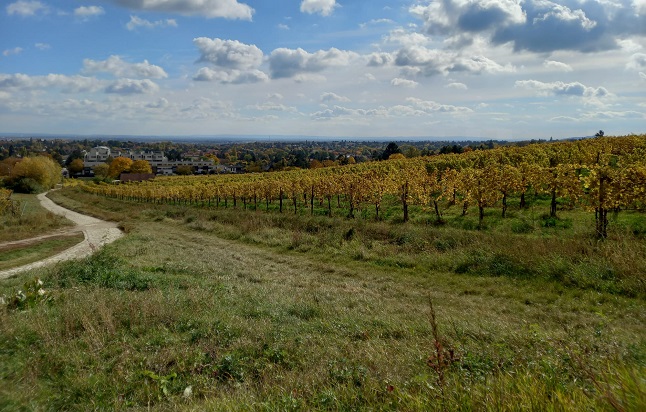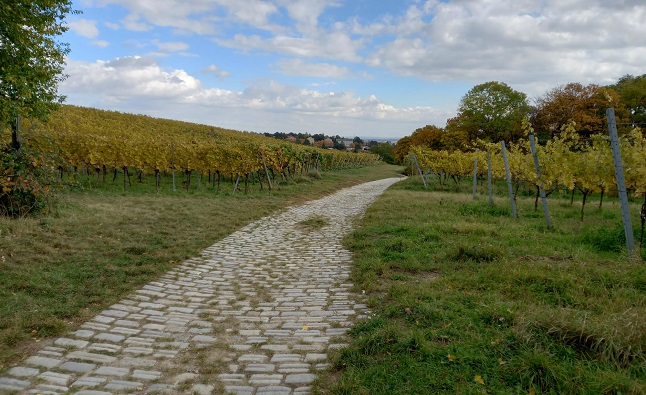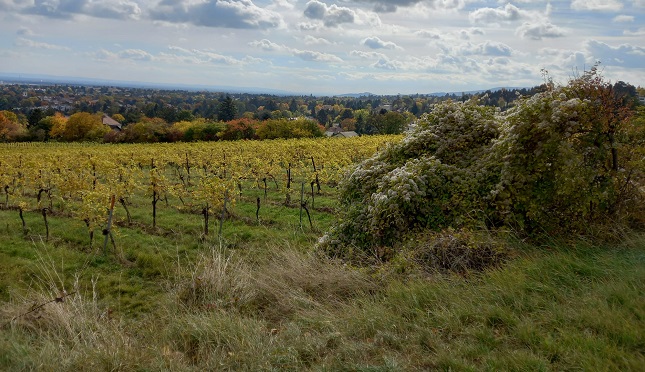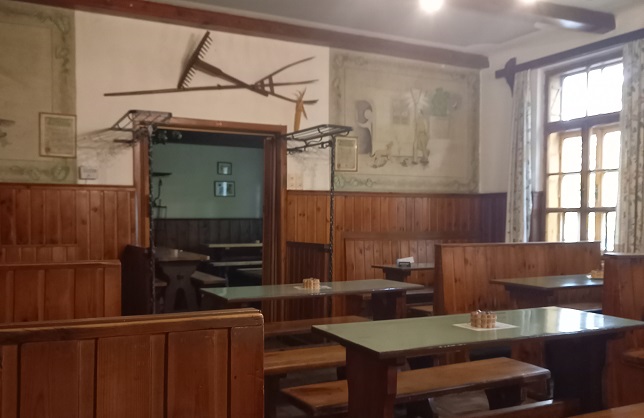According to the police force, some travellers have even refused to show their passports when asked.
Residents of Denmark can generally travel freely between countries within the EU and Schengen.
This means that the majority of people don’t have to wait in line at the individual border crossings to present their passport.
However, police may do a spot-check and could ask to see travellers’ passports.
READ ALSO: UPDATE: What you need to know about Denmark’s latest travel rules
“Unfortunately, our staff at the border occasionally experience that people entering Denmark do not want to show their passports or are angry at the staff that they are asked to show passports,” the South Jutland Police wrote on Twitter.
“Citizens believe that when you travel within the EU or countries covered by the Schengen cooperation, you do not need to present a passport – but that is a misinterpretation of the rules.”
Passports required outside the Nordic region
People with Danish passports must have those with them when travelling outside the Nordic region, and must present it if they are asked to do so by the police.
This also applies in the countries of Europe that are part of the Schengen area, which includes 26 countries in total – 22 of which are in the European Union.
As a rule, there are no border controls between the individual Schengen countries, but there is a possibility that the police will make random checks.
READ ALSO: EU Covid certificate: What are the different entry rules in place around Europe?
Danish citizens do not have to bring their passport with them to travel to the Nordic countries of Sweden, Norway, Finland and Iceland, but must be able to identify themselves with another form of photo identification.







 Please whitelist us to continue reading.
Please whitelist us to continue reading.
Member comments